Elke stap uit onze totaalaanpak kan natuurlijk ook afzonderlijk toegepast worden.
Denken én doen, zo helpen we jouw organisatie om patiënt- of klantgerichter te worden: procesoptimalisatie, usability en user experience, conceptcreatie en testen, trainingen en talentontwikkeling, patiënt- of klantgerichte innovaties, organisatorische integratie van patient of customer experience, patiënt- of klantgerichte transformaties en strategie, etc.

Een visuele weergave van de volledige patiënt- of klantervaring. Een patient of customer journey helpt bij het identificeren van knelpunten, het verbeteren van de kwaliteit en het verhogen van de patiënt- of klanttevredenheid.

Samen met patiënten, klanten, werknemers, en anderen oplossingen ontwerpen, implementeren en evalueren. Co-creatie leidt tot een dieper inzicht in de behoeften van patiënten of klanten, zorgt voor dienstverlening op maat, en bevordert betrokkenheid.
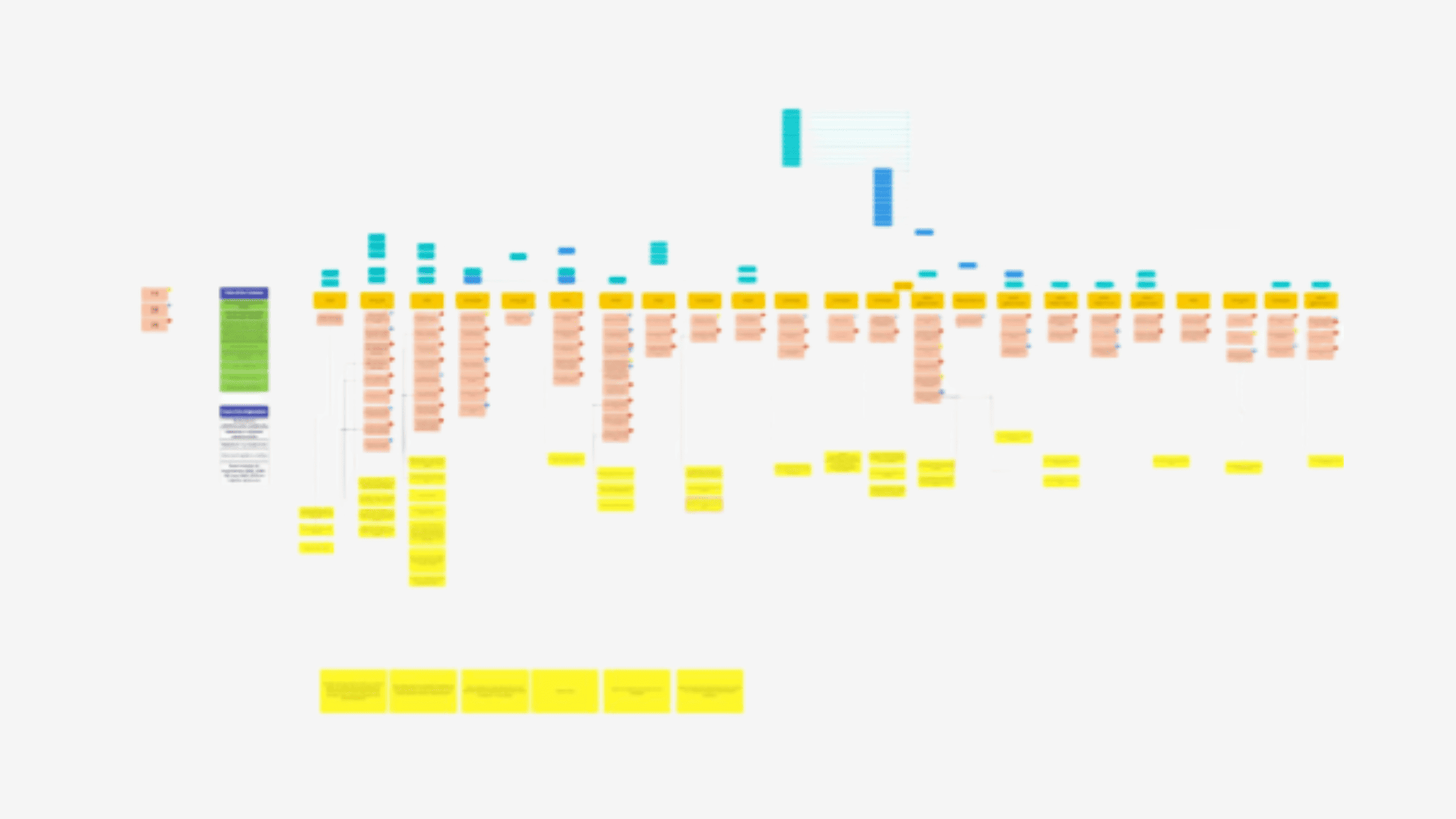
Aan de hand van Value Stream Maps wordt een proces zorgvuldig geanalyseerd om deze efficiënter te maken. Een Value Stream Map helpt bij het identificeren van verspillingen, het verbeteren van de efficiëntie en doorlooptijden, en het optimaliseren van processen.

Een klant- of patiëntgericht ontwikkelingsproces garandeert dat digitale oplossingen niet alleen nuttig, maar ook effectief zijn. Wij ondersteunen organisaties bij het ontwikkelen en implementeren van performante klant- of patiëntgedreven ontwikkelingsprocessen.
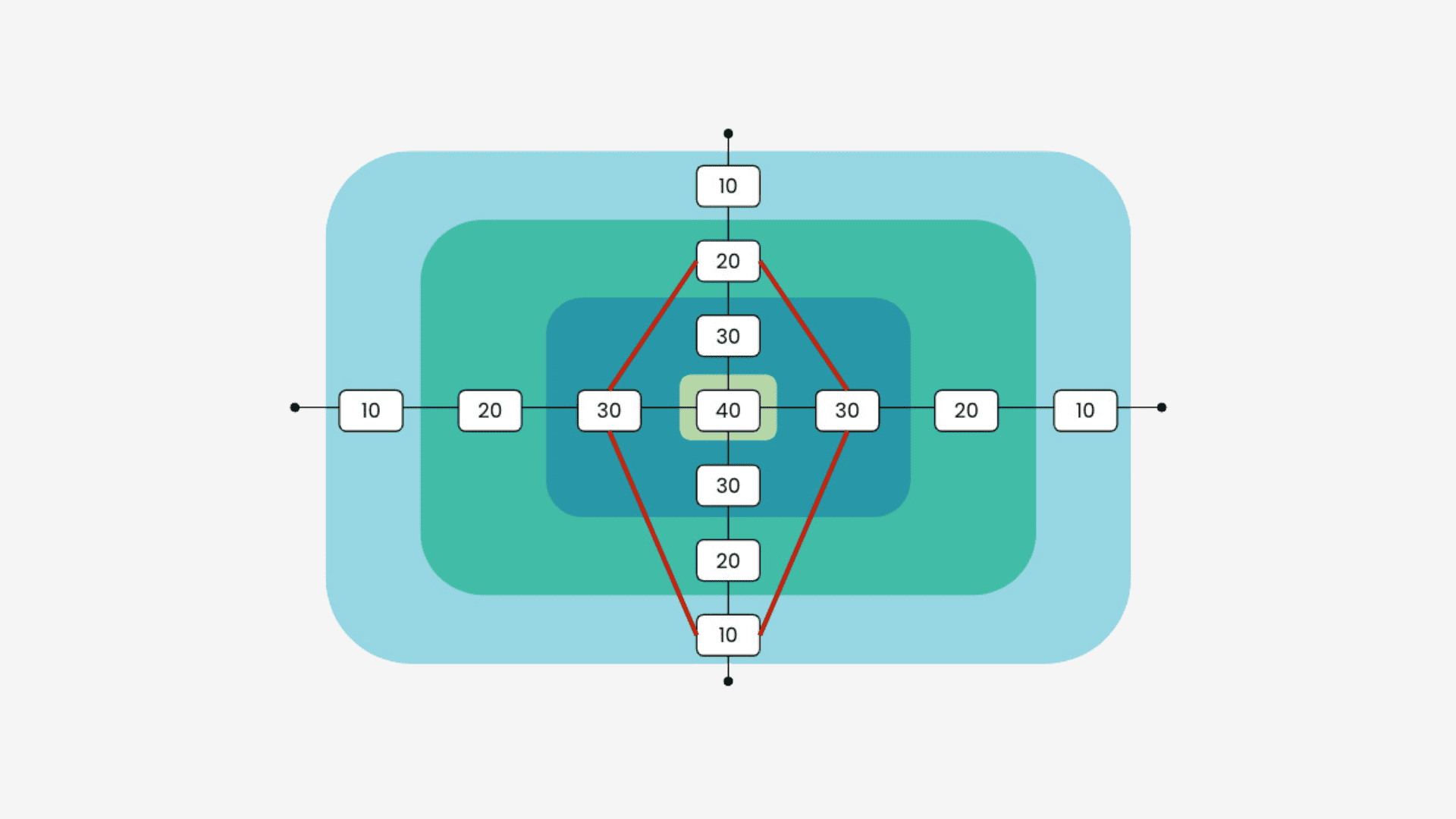
Het strategisch centraal stellen van de klant of patiënt is essentieel, maar hoe meet en operationaliseer je deze strategie? We begeleiden organisaties in het omzetten van hun visie of ambities naar een concreet actieplan met meetbare impact.
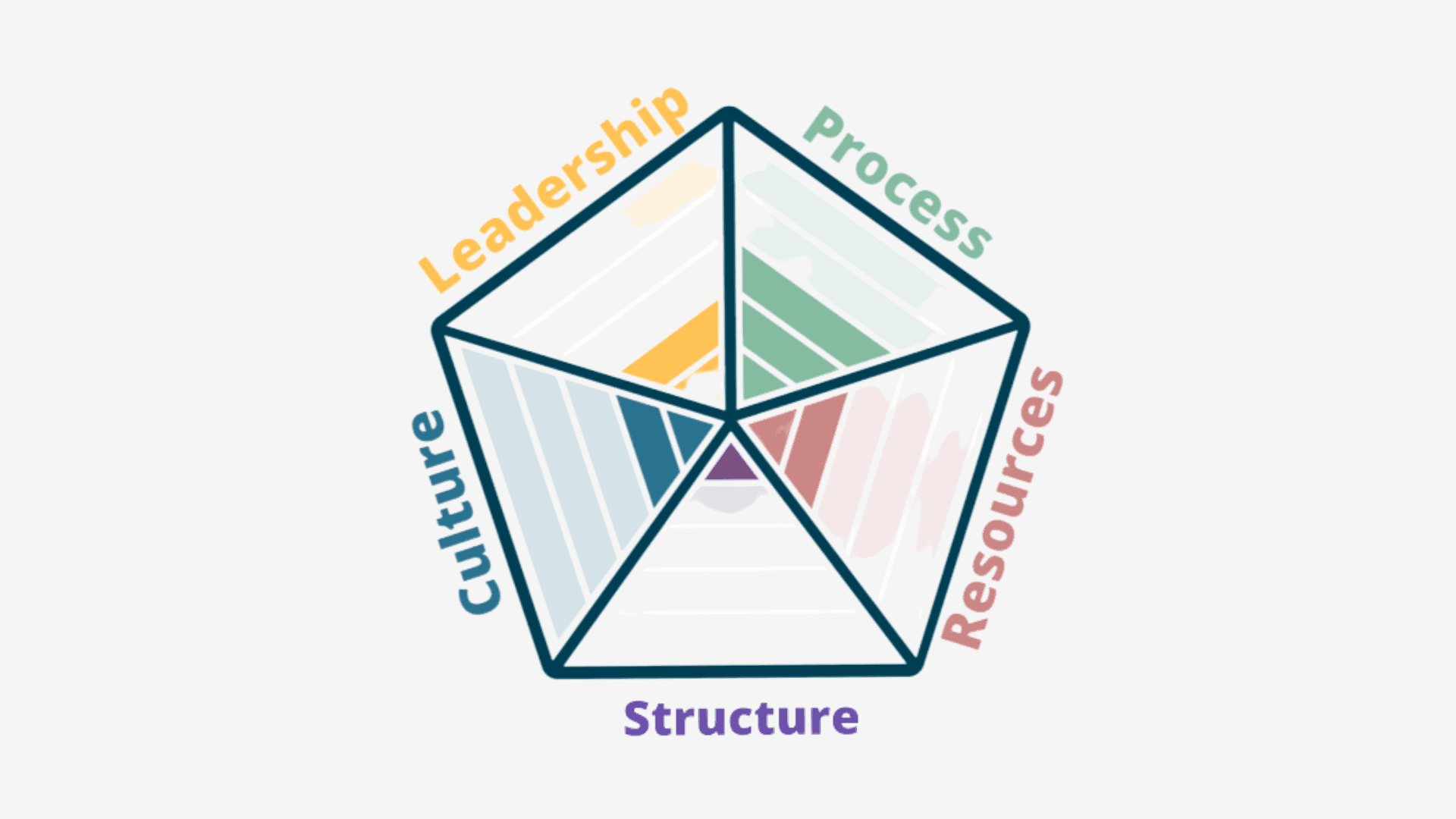
Ons Patient- of Customer-Centricity Maturity Model geeft inzicht in de maturiteit van uw organisatie op het gebied van patiënt- of klantgerichtheid. Dit ondersteunt uw organisatie in opportuniteiten om verbeteringen door te voeren.

Een klant- of patiëntgericht ontwikkelingsproces garandeert dat digitale oplossingen niet alleen nuttig, maar ook effectief zijn. Wij ondersteunen organisaties bij het ontwikkelen en implementeren van performante klant- of patiëntgedreven ontwikkelingsprocessen.

Het strategisch centraal stellen van de klant of patiënt is essentieel, maar hoe meet en operationaliseer je deze strategie? We begeleiden organisaties in het omzetten van hun visie of ambities naar een concreet actieplan met meetbare impact.

Ons Patient- of Customer-Centricity Maturity Model geeft inzicht in de maturiteit van uw organisatie op het gebied van patiënt- of klantgerichtheid. Dit ondersteunt uw organisatie in opportuniteiten om verbeteringen door te voeren.





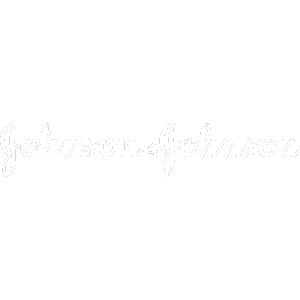







Ontworpen met liefde door u.sentric